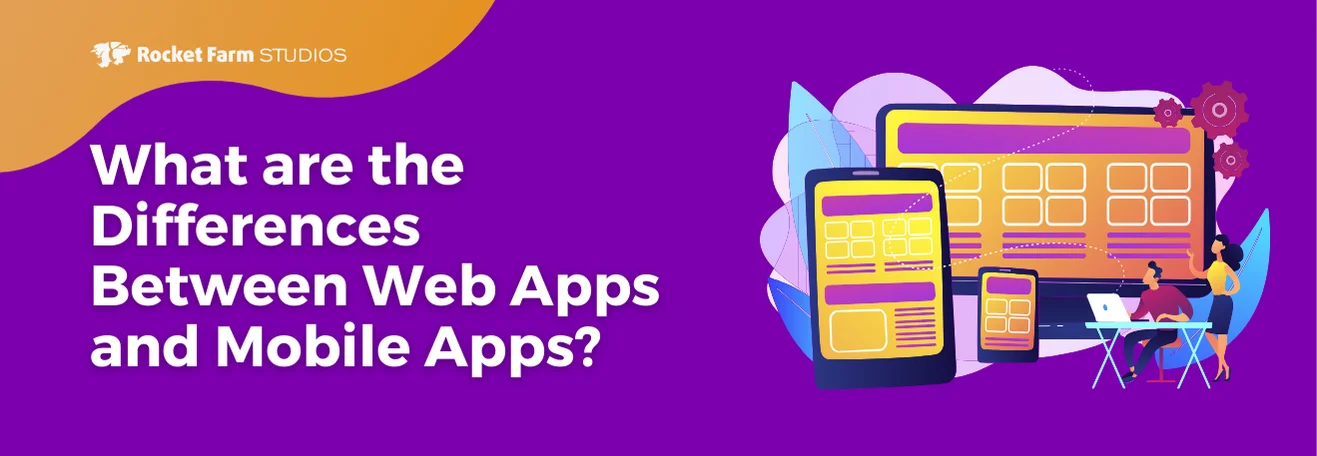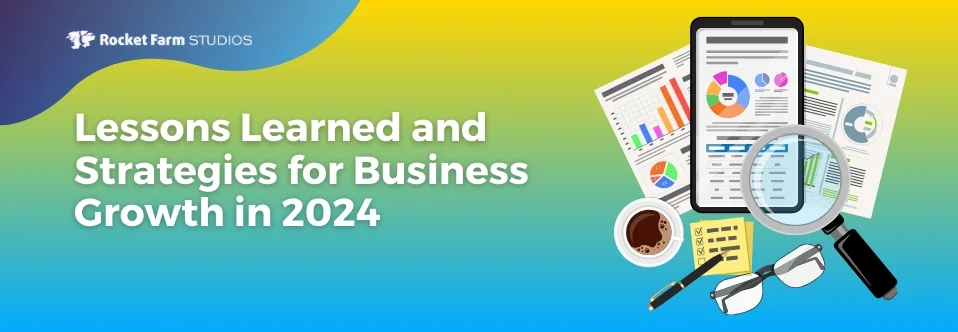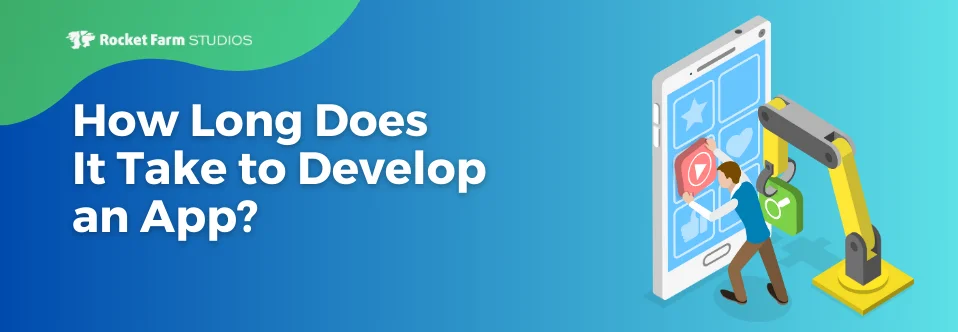
In our 3-part metrics series, we wrote about “Loyal Users” and how important this group was to the lifeblood of a successful mobile app. Typically, a Loyal User is defined as someone who opens your app 3+ times in a given period (monthly is a good estimate for most apps). Unfortunately, according to Fiksu, it seems Loyal Users have been trending down since 2013.
It’s not easy retaining customers in the mobile world, but there are ways to design your app to make loyalty a key element of your product. Here are 3 ways to make your app more conducive to fostering loyalty.
1. Embrace gamification.
This does take some creativity; not all apps are immediately conducive to having a game element. However, if boring 401(k)s can get a 17% participation bump by allowing users access to an anonymous “leader board,” almost anything can be gamified.
For example, Oscar Health Insurance has a great gamification element. Users receive a pedometer that syncs to the Oscar mobile app and if they hit their steps for the day, they get a $1 credit. How smart is that? Not only does it make logging into the app desirable, but it keeps your users healthy so they might have less use for health insurance (which saves Oscar money in the long run). Make sure your app is as smart about gamification as well.
2. Reward loyalty.
This is a no-brainer, but the challenge lies in this statistic: a 2013 report showed that customers are enrolled in 7.4 loyalty programs on average, and each year 53% of these users stop participating in at least one loyalty program a year. So it’s an easy idea to come up it, but a difficult idea to sustain with your audience.
For effective rewards that foster a loyal user base, build your rewards program into your app as a prominent section and not hidden away under a menu. A good example is the Dunkin Donuts app, where “DD Perks” is always front and center, with notifications:
Next, personalize rewards using analytics instead of awarding all your users the same things. The more you can cater to each person with real value he or she can use, the more likely he or she will come back for more. Thus, collecting analytics through your mobile app on user behavior is incredibly important.
3. Leverage Friends in Push Notifications.
This will mean designing your app with some social aspect to it (but if you’re embracing our first tip about gamification, you probably already will) and being able to use the name of an actual person the user knows. For example, Venmo added “like” and comment options to their peer-to-peer transactions. Is it necessary for the app to function? Not at all, but it’s a great way to get push notifications to the users that they won’t mind, since it comes from someone they know.
It’s becoming a crowded mobile marketplace and getting loyal users is tough. Make sure your app is designed with loyalty in mind from the beginning to stand out from the rest of the pack.














